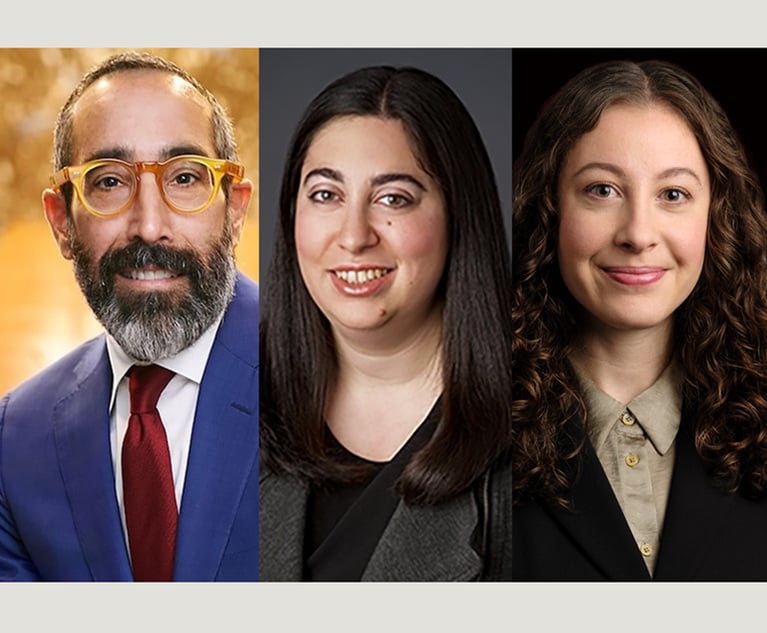Due to the shutdown of the court system brought about by the COVID-19 pandemic, the Governor has issued a series of executive orders that toll the statutes of limitations on actions in New York, as well as filing deadlines applicable to litigation in the state court system. The original executive order was issued on March 20, 2020, and has twice been extended by subsequent executive orders, the most recent of which extends this toll to June 6, 2020—and it is possible that the toll may yet be extended further. Despite the clear language of the executive order and the equally clear intent in issuing it to facilitate a shutdown of businesses to cope with the COVID-19 emergency, there has been a degree of confusion and trepidation about its impact. In this column, we therefore review the pertinent executive orders and analyze them in relation to the decisional law and prior executive orders issued in response to different emergencies.
On March 7, 2020, Governor Cuomo issued Executive Order 202, declaring a disaster emergency for the entire state to remain in effect until Sept. 7, 2020. The Governor has since issued numerous further executive orders, which have collectively effected the statewide shutdown and imposed measures to accommodate that shutdown. Executive Order 202.8, issued on March 20, 2020, provides in pertinent part:
In accordance with the directive of the Chief Judge of the State to limit court operations to essential matters during the pendency of the COVID-19 health crisis, any specific time limit for the commencement, filing, or service of any legal action, notice, motion, or other process or proceeding, as prescribed by the procedural laws of the state, including but not limited to the criminal procedure law, the family court act, the civil practice law and rules, the court of claims act, the surrogate’s court procedure act, and the uniform court acts, or by any other statute, local law, ordinance, order, rule, or regulation, or part thereof, is hereby tolled from the date of this executive order until April 19, 2020.


 Thomas A. Moore and Matthew Gaier
Thomas A. Moore and Matthew Gaier




